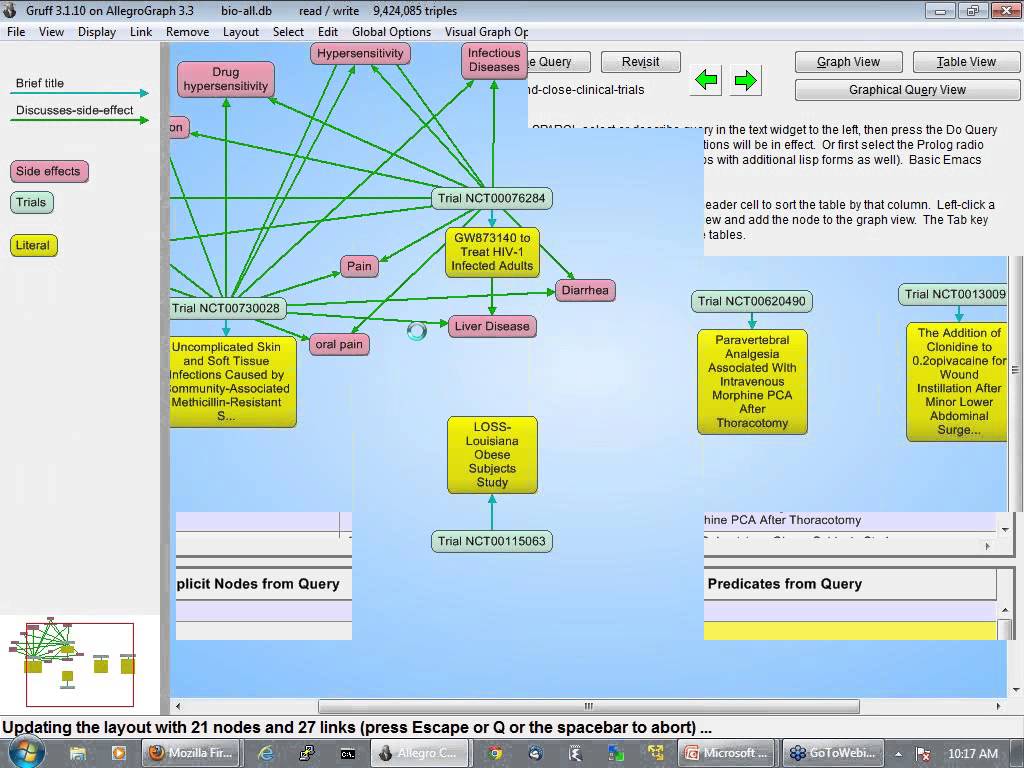Graph databases are one of the new technologies encouraging a rapid re-thinking of the analytics landscape. By tracking relationships – in a network of people, organizations, events and data – and applying reasoning (inference) to the data and connections, powerful new answers and insights are enabled.
This presentation will explain how graph databases work, and how graphs can be used for a number of important functions, including risk management, relationship analysis and the identification of new business opportunities. It will use a case study in the manufacturing sector to demonstrate how complex relationships can be discovered and integrated into analytical systems. For example, what are the repercussions for the supply chain of a major flood in China? Which products are affected by political unrest in Thailand? Has a sub-subcontractor started selling to our competition and what does that mean for us? What happened historically to the price of an important sub-component when the prices for crude oil or any other raw material went up? Lots of answers can be provided by graph (network) analysis that cannot be answered any other way, so it is crucial that business and BI executives learn how to use this important new tool.
[youtube rcDp05O6Iy0]
Video producer: http://www.franz.com/


Pingback: Importance of Models in Economics | Stephen Darori on Charts, Figures and Diagrams